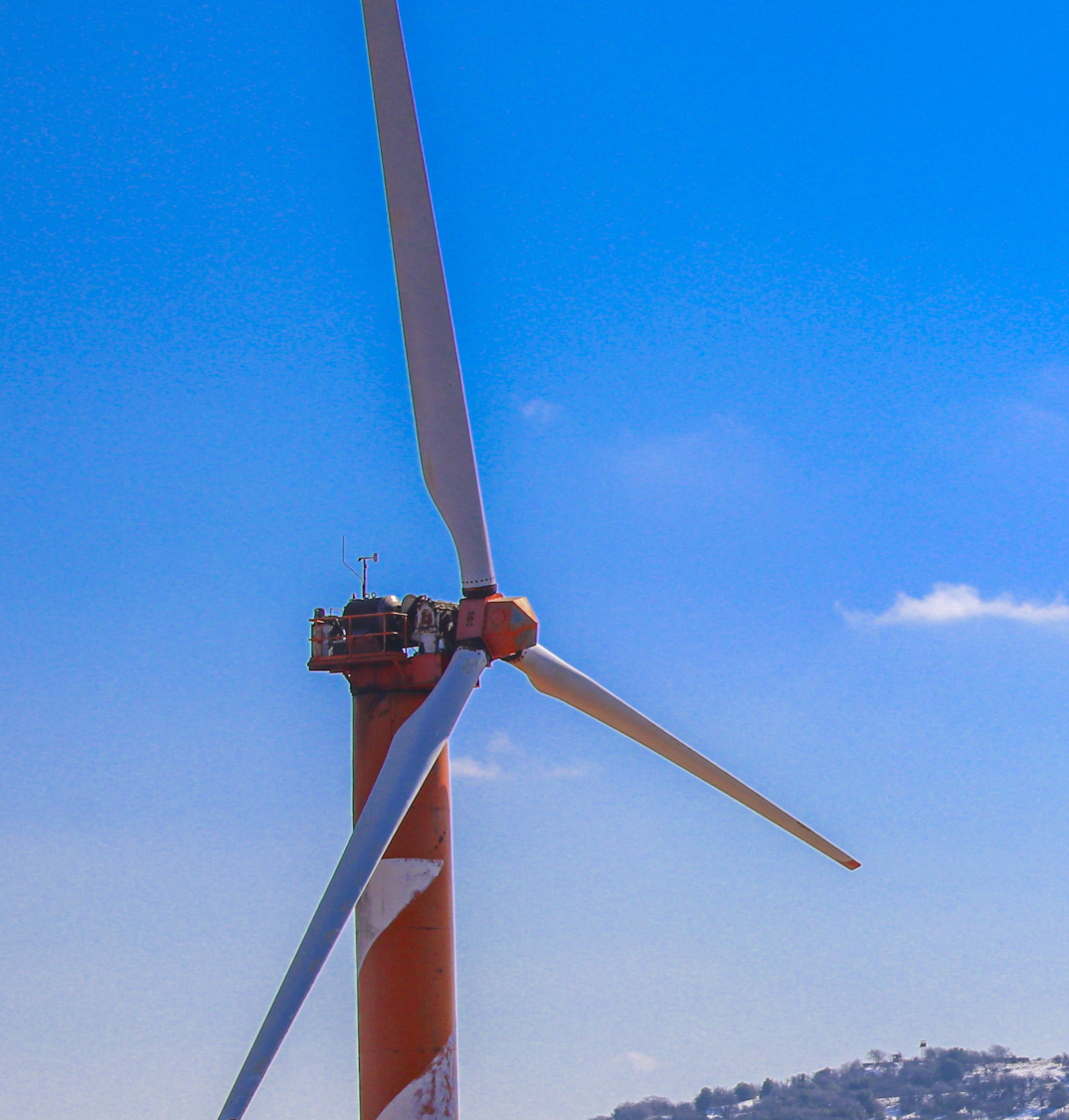Sustainable Aviation Fuel
According to the U.S Department of Energy, Sustainable aviation fuel (SAF) is an alternative fuel made from non-petroleum feedstocks that reduces emissions from air transportation. SAF can be blended at different levels with limits between 10% and 50%, depending on the feedstock and how the fuel is produced. According to the International Civil Aviation Organization (ICAO), over 360,000 commercial flights have used SAF at 46 different airports largely concentrated in the United States and Europe.
Worldwide, aviation accounts for 2% of all carbon dioxide (CO2) emissions and 12% of all CO2 emissions from transportation. ICAO’s Carbon Offsetting and Reduction Scheme for International Aviation (CORSIA) caps net CO2 aviation emissions at 2020 levels through 2035. The international aviation industry has set an aspirational goal to reach net zero carbon by 2050. SAF presents the best near-term opportunity to meet these goals.
The primary benefits of SAF are:
1. Future-Ready Compatibility: Aircraft being manufactured today are expected to remain in operation through 2050 and beyond. As a result, any sustainable solution must be compatible with the existing global fleet. SAF can be used with current aircraft engines and fueling infrastructure without requiring modifications, making it a practical and immediate path toward decarbonizing aviation.
2. Fuel-Centric Transition: Given the long lifecycle of aircraft and the high costs of fleet turnover, the most effective and scalable way to reduce aviation emissions is through cleaner fuels. SAF enables significant carbon reductions without disrupting operations, making it the most viable near- and mid-term solution.
3. Economic and Operational Feasibility: SAF can be blended with conventional jet fuel and integrated into current logistics and refueling systems. Its drop-in nature ensures minimal operational costs while positioning the aviation sector to meet sustainability targets in a financially competitive way.
SAF is a crucial part of global strategies to make aviation more environmentally sustainable, with the potential to reduce lifecycle carbon emissions by up to 80% compared to traditional jet fuel. However, widespread adoption still faces challenges, such as high production costs and limited supply.
The development of SAF is key to meeting aviation industry targets, such as achieving net-zero emissions by 2050.





